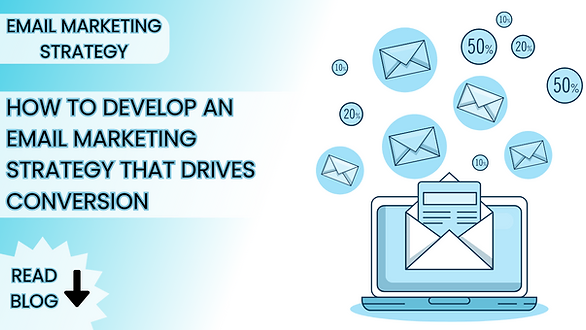3 Content Marketing Goals To Focus On

Have you ever felt like content marketing is a treasure hunt? Some strategies are like shining gold, while others hide in the shadows, waiting to be found. Today, let’s uncover three hidden gems that can skyrocket your content marketing goals.
Secret 1: Emotional Storytelling
In content marketing goals, data-driven Content often takes centre stage. It’s important to recognize the power of dynamic narrative, though. Emotional narratives uniquely can forge deep connections with audiences, making them more likely to engage with and share your Content.
Establishing Deeper Bonds:
Emotional narratives create strong connections with your audience, fostering enduring brand loyalty.
Amplifying Engagement:
Emotionally charged stories are more likely to be shared and spark conversations across social media platforms.
Humanizing Your Brand:
By sharing personal stories, your brand becomes more relatable and trustworthy.
How to use emotional storytelling with content marketing goals:
Understand Your Audience’s Emotions: Take the time to understand the emotions that resonate most strongly with your target audience. What are their hopes, fears, and aspirations?
Share Personal Stories:
Weave stories that resonate with your audience’s experiences and aspirations. Authenticity is key to building trust and connection.
Harness Visuals:
Use images and videos to enhance the emotional impact of your storytelling.
Secret 2: Audience Segmentation
Dividing your audience into distinct segments based on shared traits or behaviours allows for personalized Content tailored to their specific needs.
Personalized Experiences:
By customizing your Content for each audience segment, you can create more personalized experiences that resonate with individuals on a deeper level.
Enhanced Relevance:
Segmenting ensures your Content remains engaging and increases the likelihood of driving conversions.
Improved ROI:
Targeted Content leads to higher returns on investment by addressing specific audience needs. By focusing your efforts on the most valuable audience segments, you can maximize the impact of your content marketing goals.
How to implement audience segmentation:
Identify Key Characteristics:
Analyze data to understand what distinguishes each audience segment.
Tailor Content Accordingly:
Develop Content that speaks directly to the interests and pain points of each segment.
Utilize Data Analytics:
Monitor audience behaviour to refine your segmentation strategy and optimize performance using content marketing goals.
Secret 3: Harnessing User-Generated Content (UGC)
Encouraging your audience to create Content about your brand can be a game-changer.
Authenticity:
UGC is genuine and resonates with potential customers, fostering trust and credibility.
Engagement:
Encouraging UGC creates a sense of community and belonging among your audience, leading to higher levels of engagement and interaction with your brand.
Cost-Effectiveness:
UGC is often freely available and requires minimal investment, making it a valuable supplement to your content marketing goals.
How to leverage UGC effectively:
Create Branded Hashtags: Encourage customers to use branded hashtags to simplify discovering and curating UGC.
Organize Contests or Challenges: Give people a reason to create UGC by offering rewards or recognition.
Respect Privacy and Copyright: Always obtain permission before sharing UGC to ensure respect for privacy and copyright.
I’m Palak, a seasoned Digital Marketer with expertise in Content Writing, Search Engine Optimization (SEO), and Social Media Marketing. Take a moment to explore my portfolio, and feel free to reach out for collaboration or insights or to share your feedback. Together, let’s ignite digital pathways to success with savvy marketing manoeuvres!












